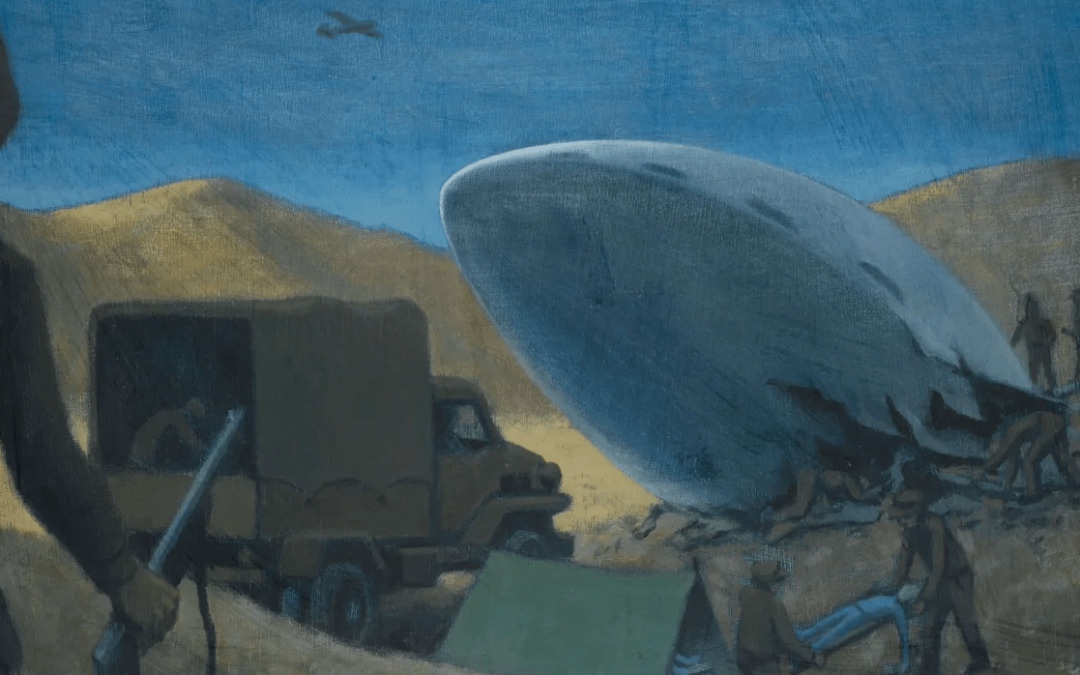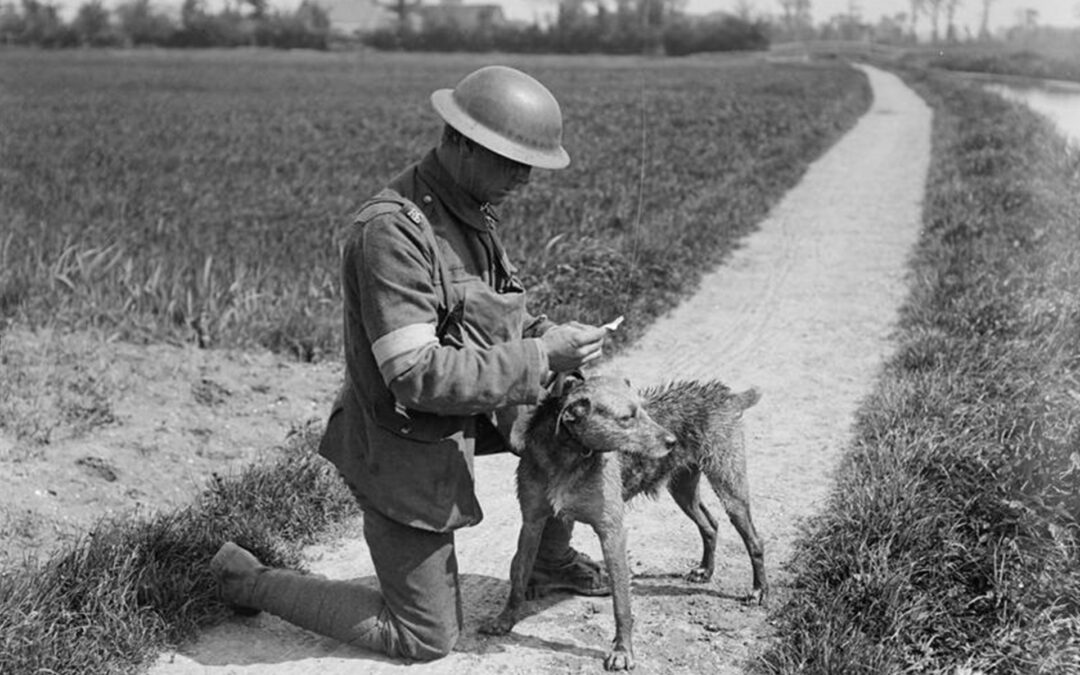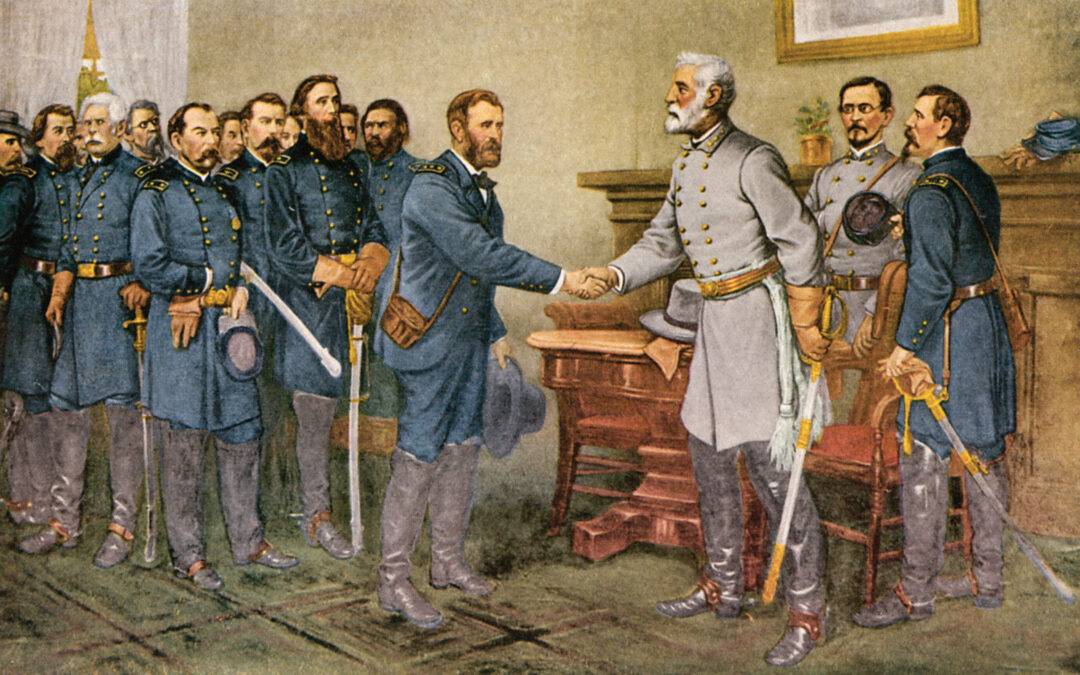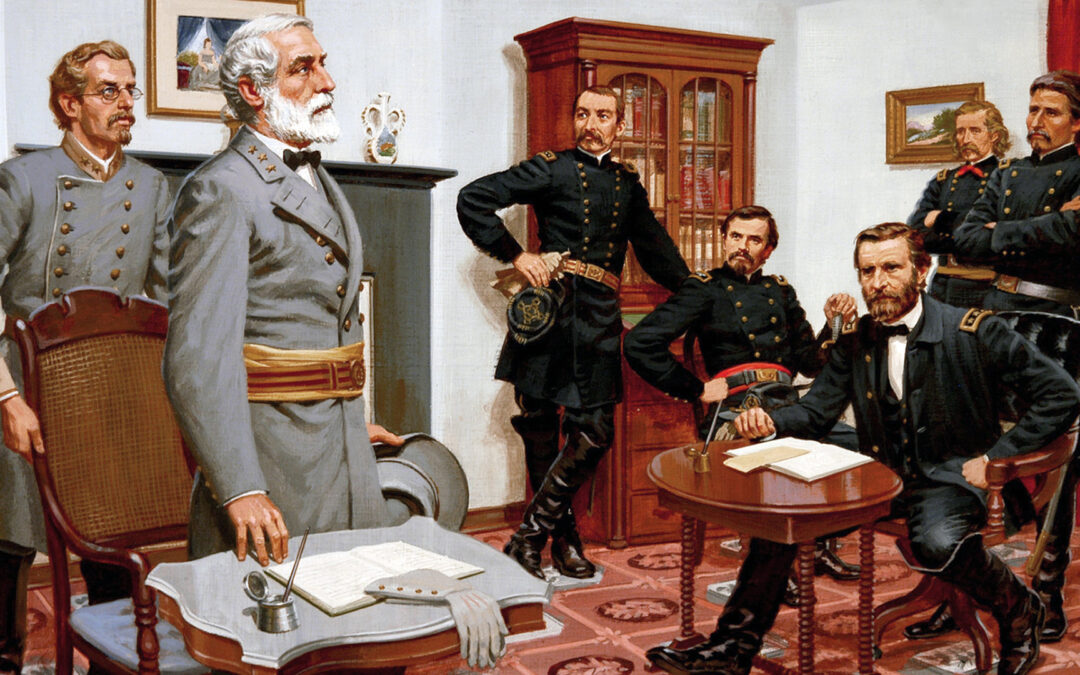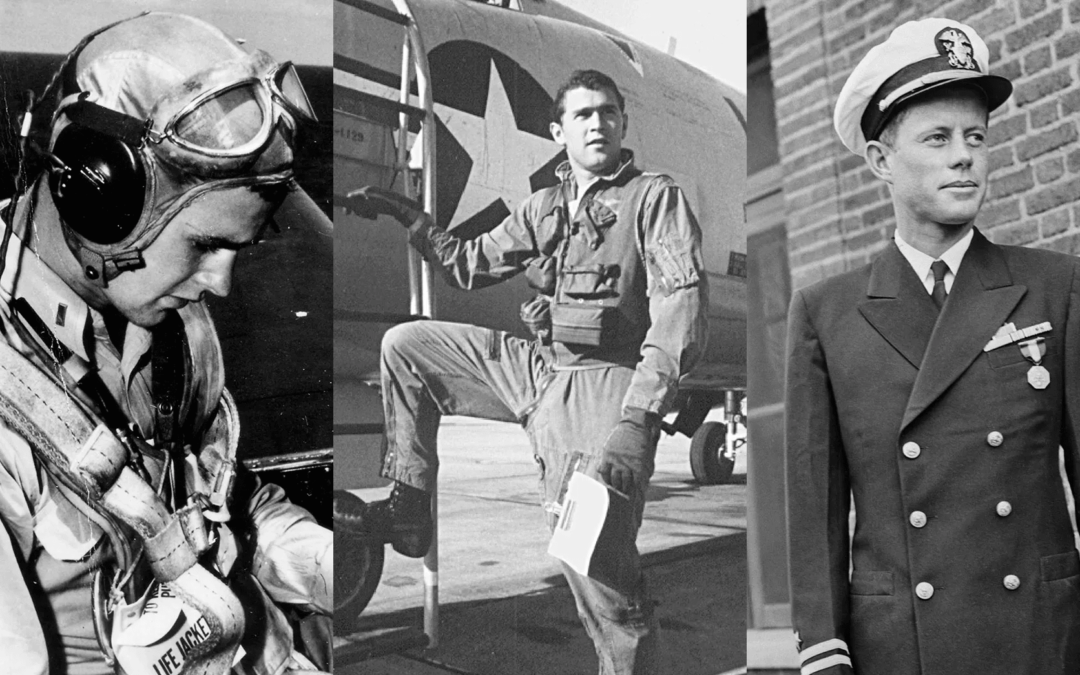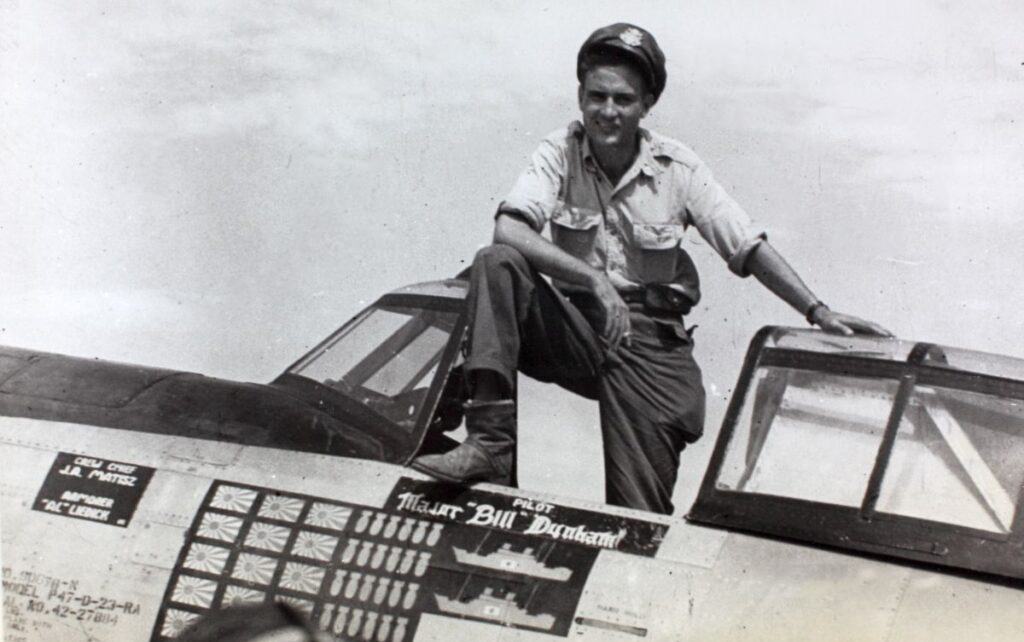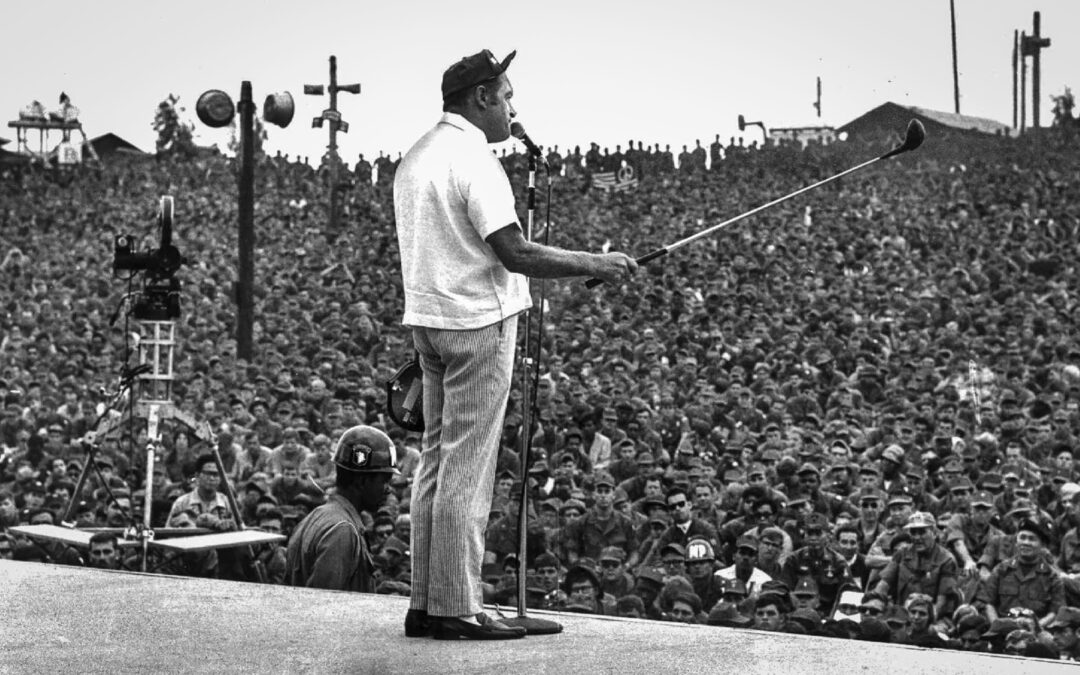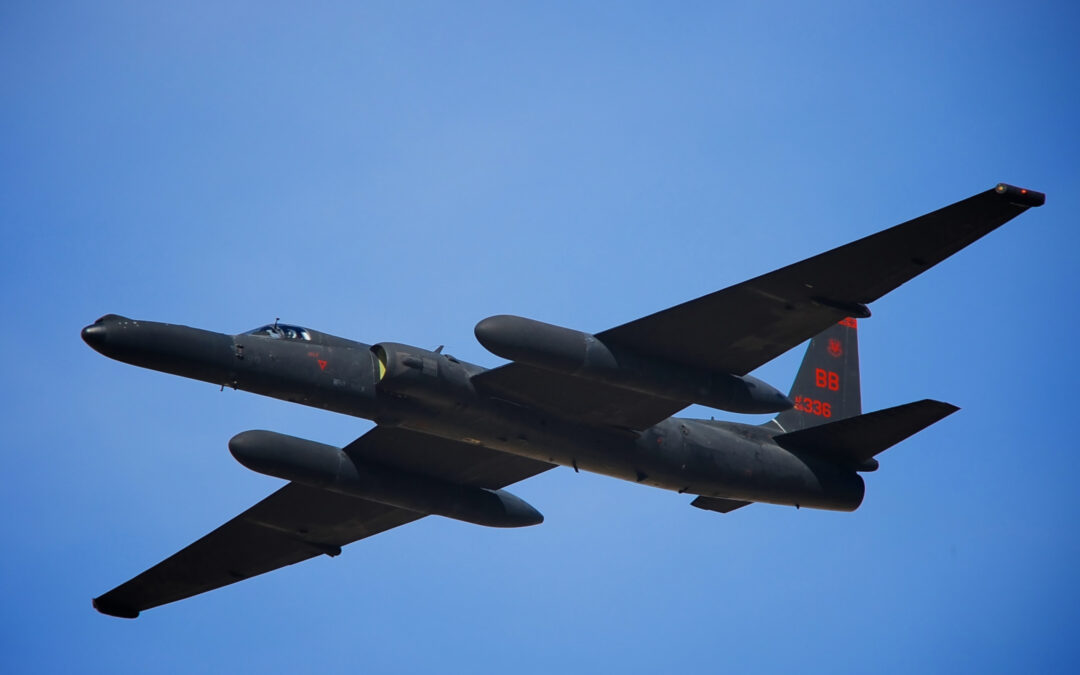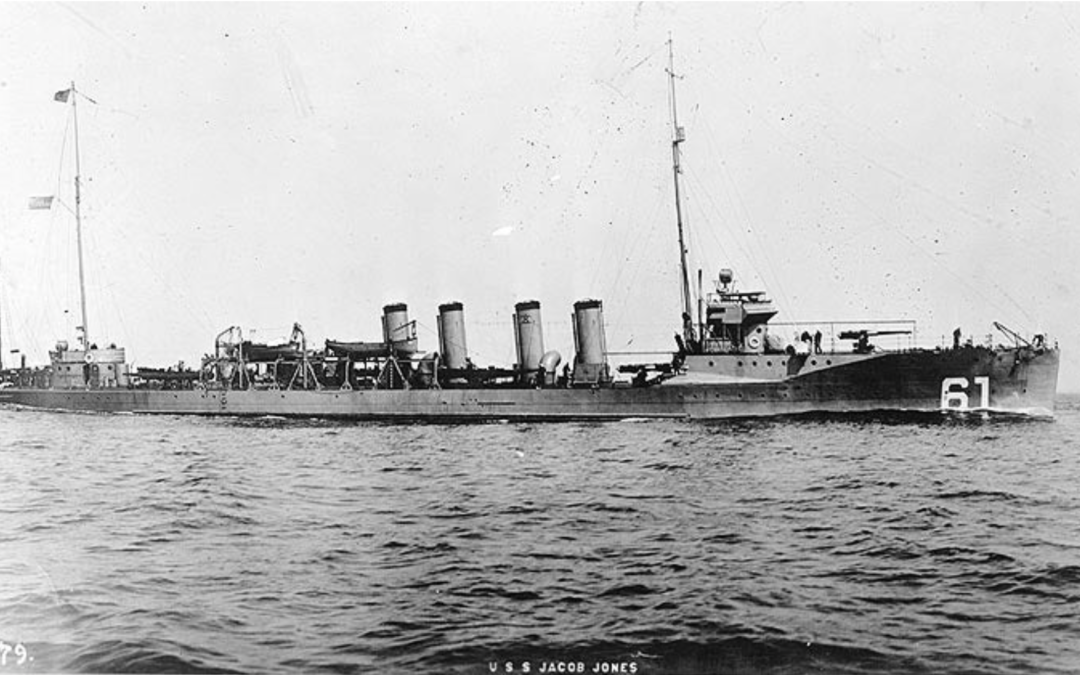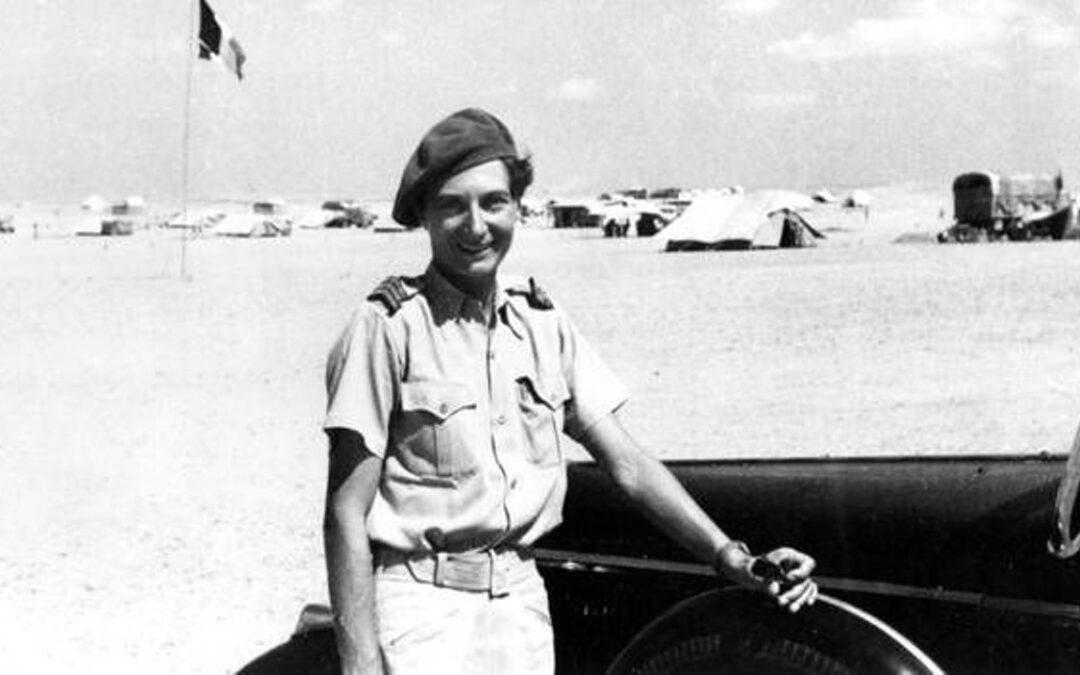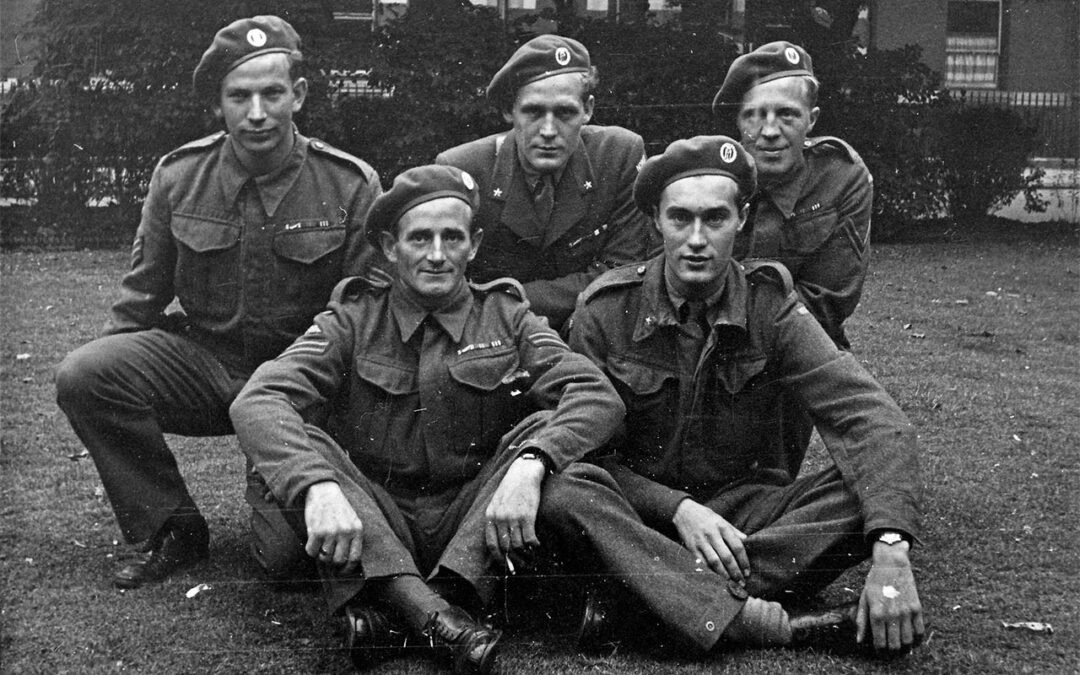By now, we all know the gist of the story. An unidentified flying object crashed in the desert near Corona, New Mexico, in 1947. Military and government agents from nearby Roswell Army Air Field rushed to the site and found alien bodies hidden among the wreckage and debris. Then, they immediately covered it up and left the American public in the dark. The Army didn't help matters any, releasing a report claiming to have captured some kind of "flying disc." It immediately retracted that claim, saying it was instead a kind of weather balloon, fuel for the conspiracy theory fire that would burn for the next 50 years. The Government Hide the Alien Bodies Conspiracy theorists went wild in the years following the Roswell Incident. Self-proclaimed UFO-ologists claimed to have pieces of the alien wreck and claimed that at least three sets of extraterrestrial remains were found on the site. But where did the government hide the bodies? Theories pointed to one of two places. One is the...
